Personal Development
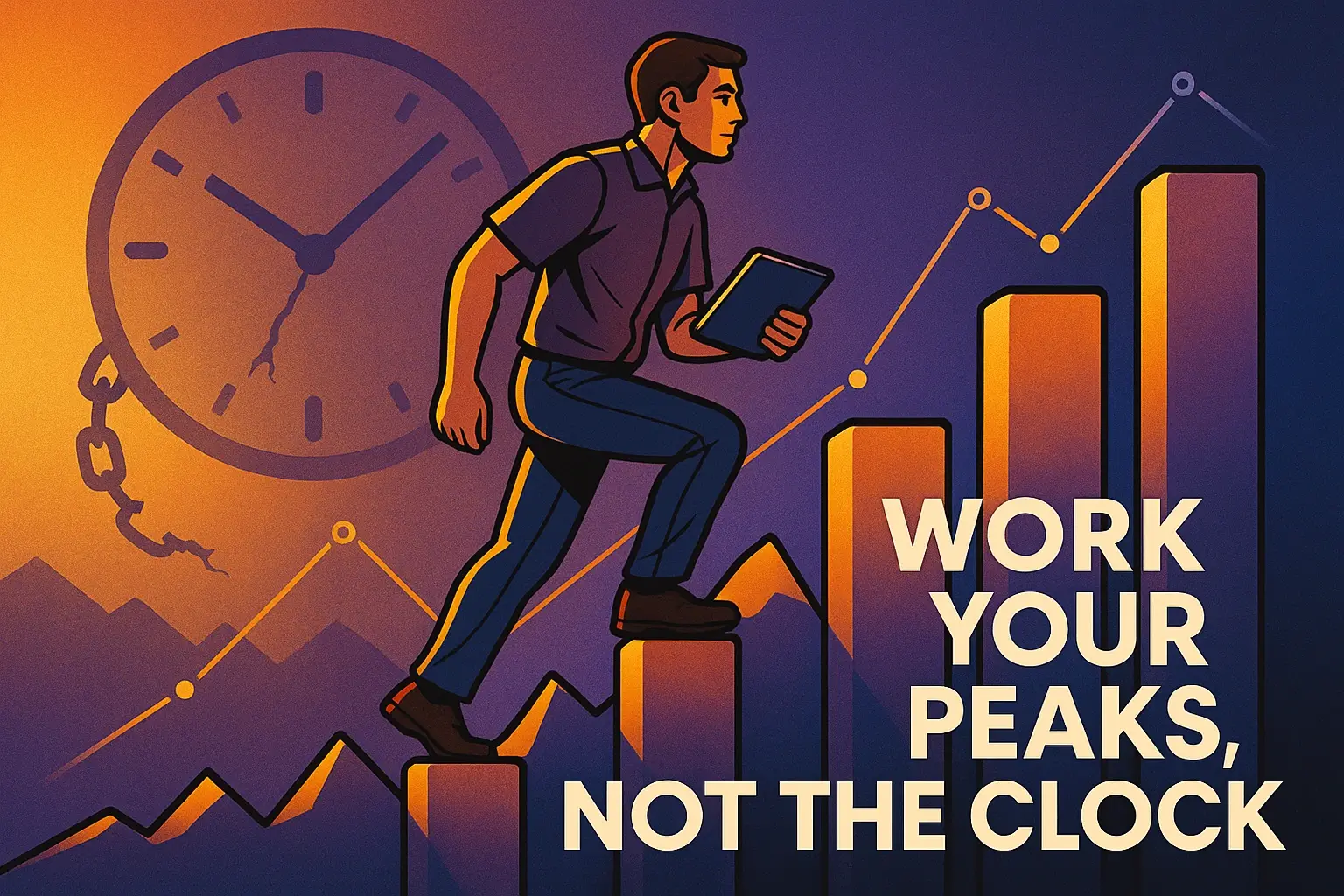
Mental Energy Management: Work With Your Natural Peaks
You’re not a machine with a steady output line—you’re a human with waves. Some hours your brain is razor‑sharp; others it’s foggy, fidgety, or fried. Most productivity advice ignores that reality and shames you for not being “consistent.” Energy management does the opposite: it helps you ride the waves you already have. When you map your natural peaks and troughs, align the right work to each window, and build quick recovery loops, you stop forcing output against biology and start getting more done with less strain.

The “One Big Thing” Rule: Finish What Matters First
Most days don’t collapse because you’re lazy—they collapse because your best energy gets spent on side quests. The “One Big Thing” rule flips that script: pick the one task that meaningfully moves your goals, protect a prime block for it, and finish before the world pulls you sideways. This isn’t hustle theater. It’s a humane constraint that reduces decision fatigue, quiets procrastination, and builds trust with yourself—one finished thing at a time.

The Sunday Reset — Plan Your Week in 30 Minutes
If your weeks keep starting in a scramble—emails dictating your focus, meetings pulling you off track, and priorities slipping through the cracks—you don’t need a bigger to‑do list. You need a lightweight reset ritual that lines up the next few days before they begin. In 30 minutes on Sunday, you can clear mental residue, set three priorities that fit your real capacity, and block a few focus windows so Monday starts calm and decisive. This guide gives you the exact checklist.
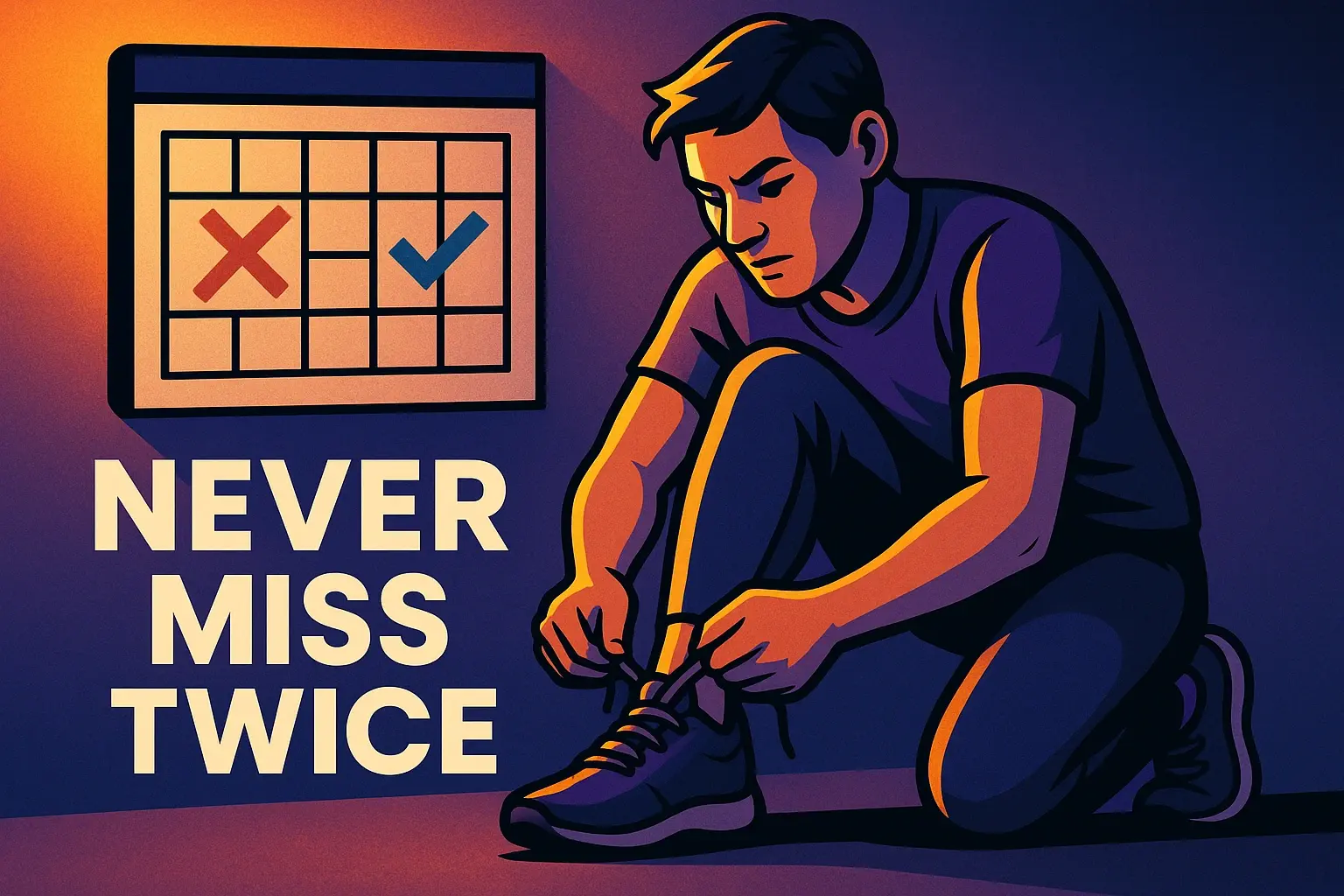
The Two-Day Rule: Stay Consistent Without Burnout
Most habits die in the gap between intention and recovery. You miss one day, feel behind, and miss three more trying to “get back on track.” The Two‑Day Rule breaks that spiral: never miss twice. If life knocks you off today, you simply show up tomorrow—at the smallest version if needed. It’s a humane standard that preserves momentum, prevents shame spirals, and keeps progress compounding without demanding perfection.
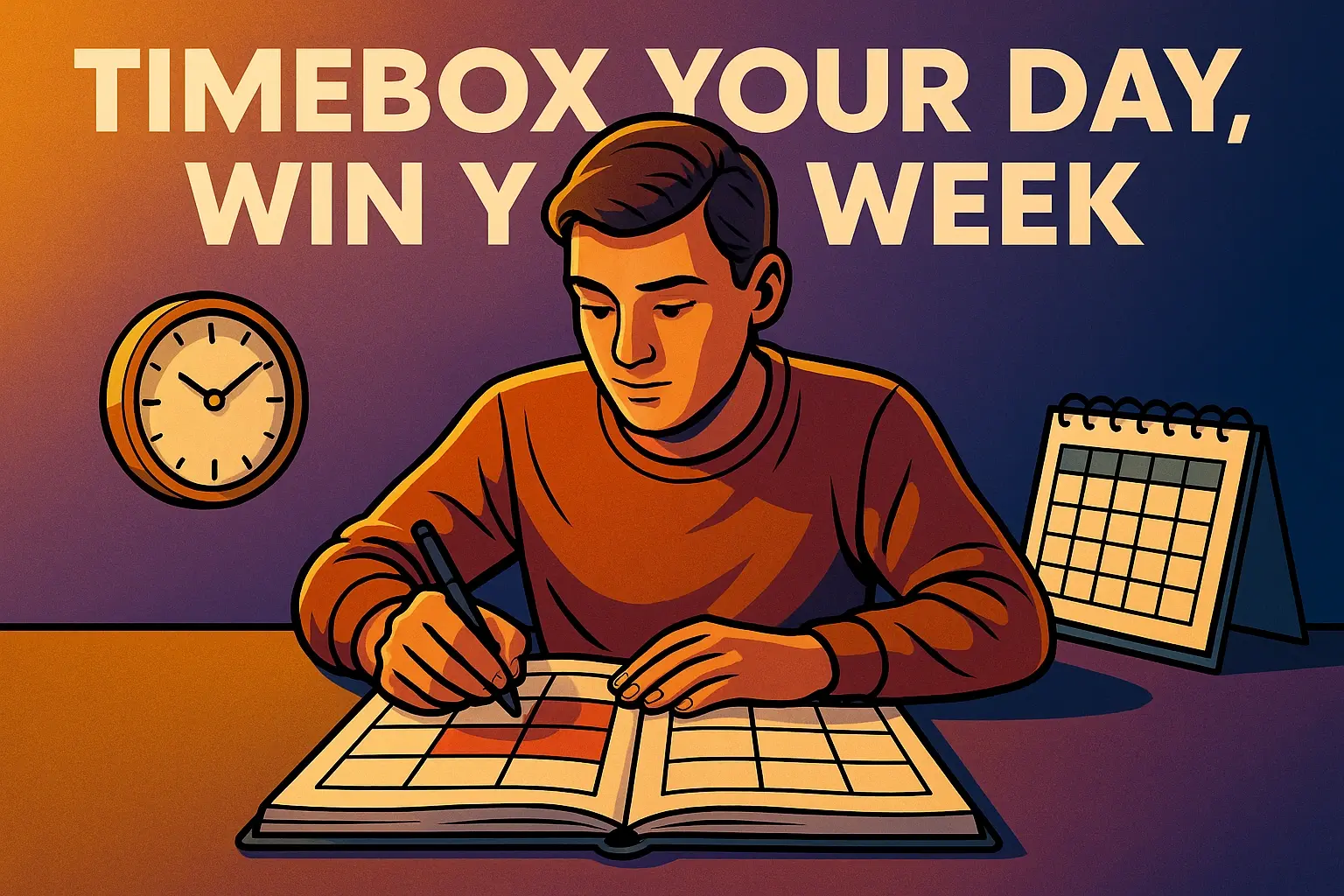
Timeboxing vs. To‑Do Lists — What Actually Works (And When)
If your to‑do list keeps growing while your calendar dictates your day, you’re not alone. Lists are great for capture—but terrible as a schedule. Timeboxing is the opposite: it gives work a home on your calendar, but can feel rigid if you over‑engineer it. The solution isn’t to pick a side; it’s to combine them. This guide shows you a simple hybrid: use a list to capture and prioritize, then timebox only the few blocks that create real momentum.

Beat Procrastination Today — A 15-Minute Action Plan That Works
When you’re stuck, motivation advice can feel like noise. You don’t need big goals or fresh inspiration—you need a way to start within the next five minutes. This guide gives you a simple, 15‑minute plan to interrupt the procrastination loop, lower friction, and produce a small, finishable win today. No heroics, no new apps. Just a short sprint, a clear first move, and a system that makes the next step obvious so momentum returns on its own.

How to Say No Kindly — Boundary Scripts That Work at Work and Home
If your calendar is jammed with “quick favors,” last‑minute “could you just…,” and projects you didn’t want in the first place, you might be paying the hidden tax of people‑pleasing. You’re generous, capable, and kind—which unfortunately makes you a magnet for other people’s priorities. The fix isn’t becoming harsh or avoiding people; it’s learning how to say no in a way that protects your energy while preserving trust. This guide gives you ready‑to‑use scripts and a delivery playbook so “no” sounds respectful, clear, and final—without guilt.
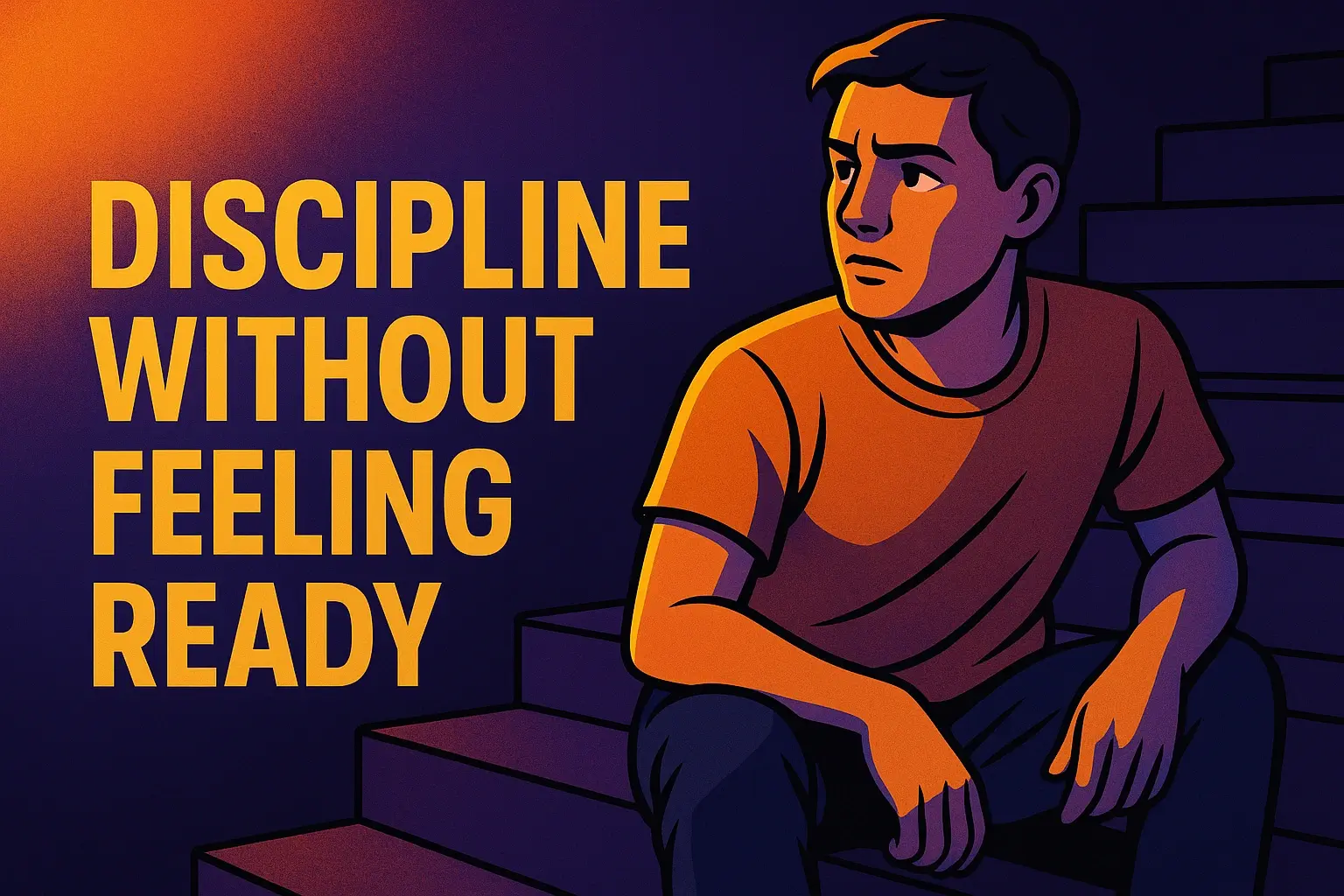
Build Self-Discipline (Even When You Don’t Feel Like It)
Waiting to “feel like it” is the slowest way to build self‑discipline. You don’t need a personality overhaul—you need a system that lowers the cost of starting and keeps you connected to the work on your lowest‑energy days. This guide gives you a practical toolkit: tiny standards that survive bad weeks, first‑minute scripts that slice through hesitation, and environment tweaks that make the right action automatic. No pep talks required—just simple moves that work whether motivation is high or missing.
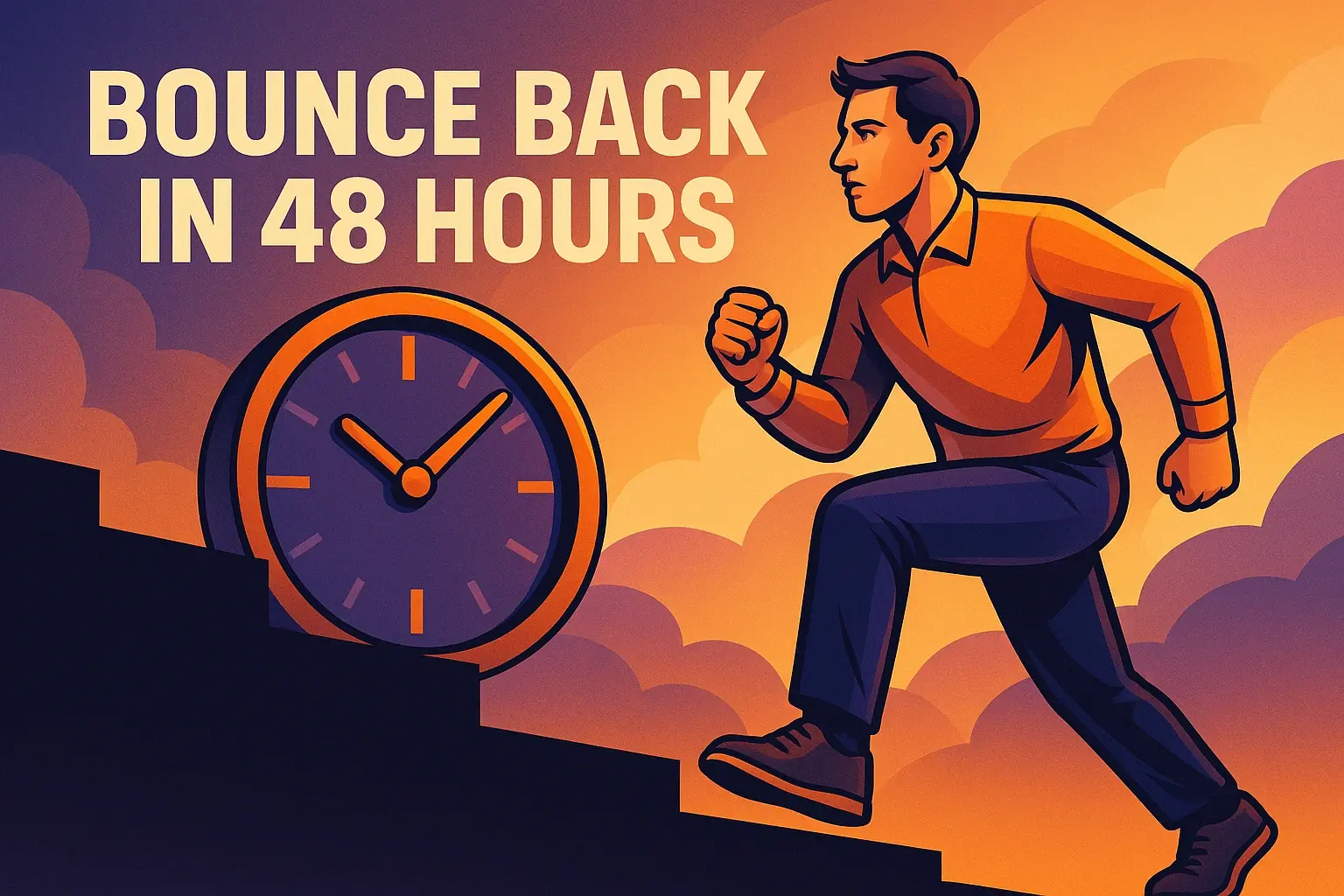
Reset Fast — A 48-Hour Plan to Bounce Back From a Slump
You don’t need a perfect week to get back on track—you need 48 clean hours with a simple plan. When momentum stalls, most people try to make up for lost time with heroic intentions and complicated systems. That backfires. A fast reset works by doing the opposite: reduce choices, restore energy, and line up the next three moves so action feels obvious again. This playbook gives you a realistic, two-day protocol to sweep away mental residue, reclaim your focus, and end the weekend with a plan you trust.
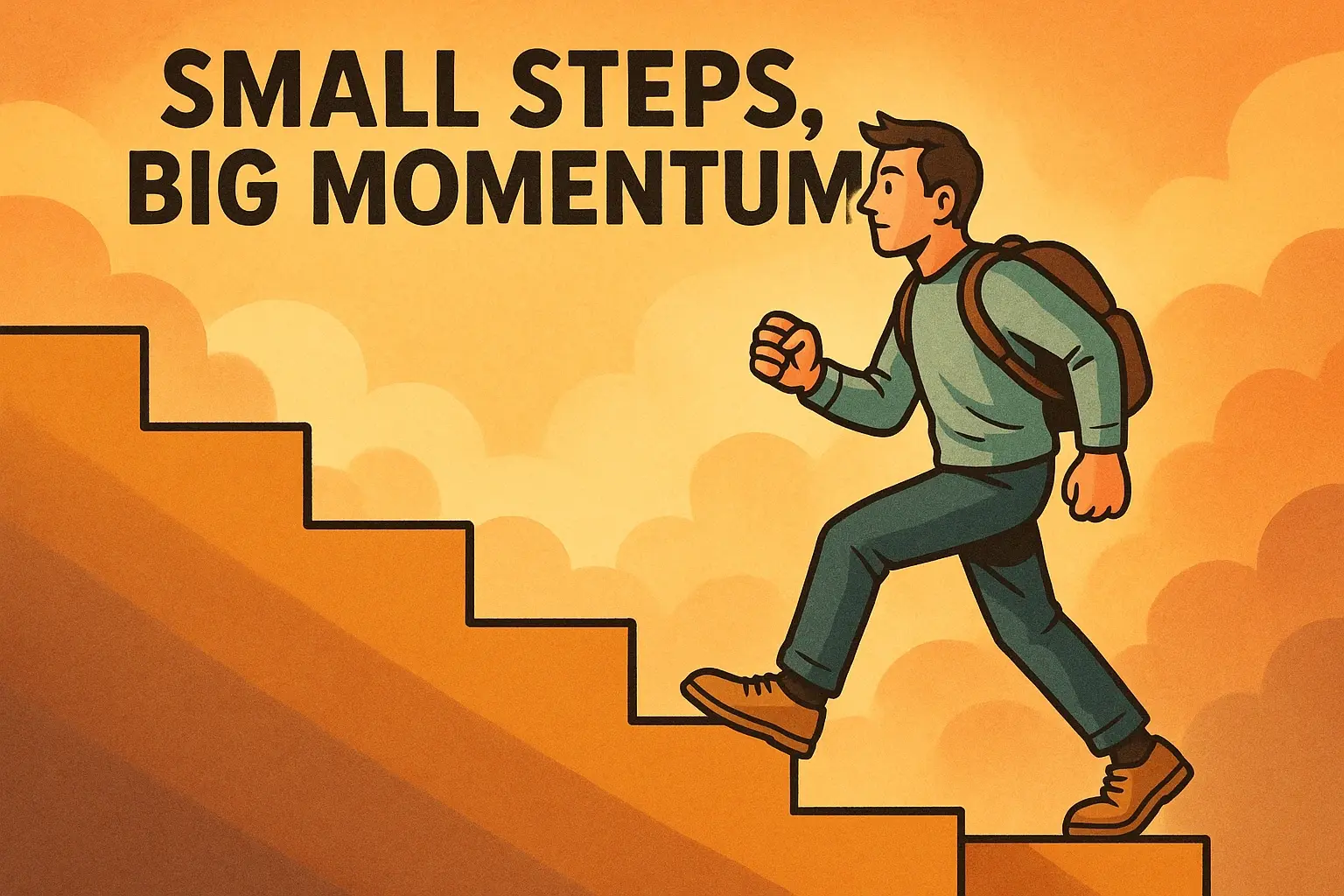
Tiny Wins, Big Change — The 1% Improvement Method
Big goals look inspiring on paper—and impossible at 9 p.m. on a Tuesday. The 1% Improvement Method sidesteps that problem by shrinking change to the smallest meaningful unit you can repeat. Instead of chasing breakthroughs, you stack tiny wins that take almost no willpower and compound over time. This playbook shows you how to design 1% upgrades for your most important habits, track them without obsession, and turn small steps into real momentum.
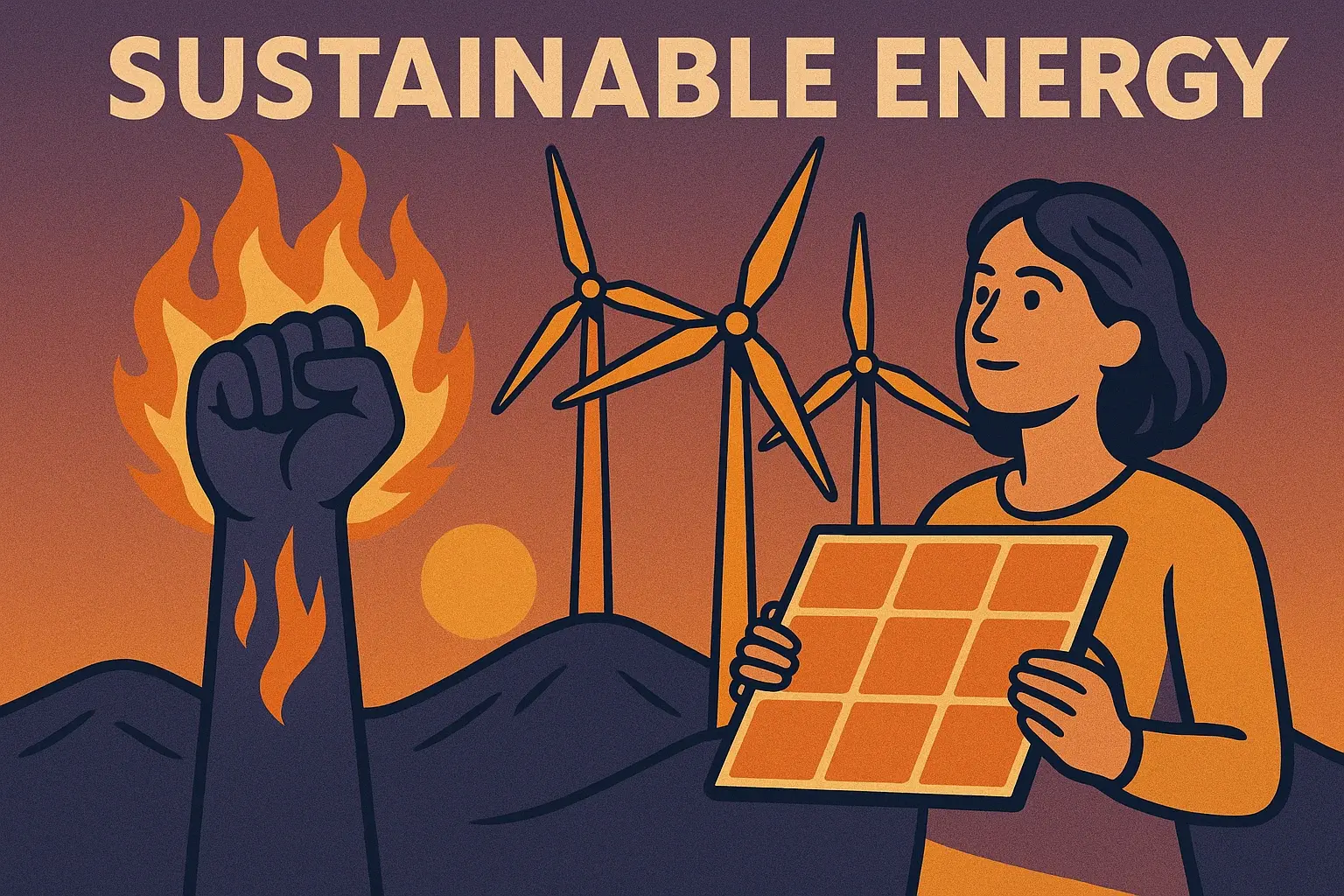
Design Your Environment, Design Your Life — Make the Right Actions Easy
When life gets busy, willpower is a brittle plan. Environment is sturdier. The objects in your sightline, the defaults on your devices, and the way rooms are arranged are quiet instructions you follow all day. If the right move is one step away, you’ll do it. If the wrong move is one tap away, you’ll default to it. This guide shows you how to make design—not discipline—your unfair advantage: stage tiny gateways, add speed bumps to distractions, create zones for different modes of work and rest, and run simple reset rituals that keep your space working for you.
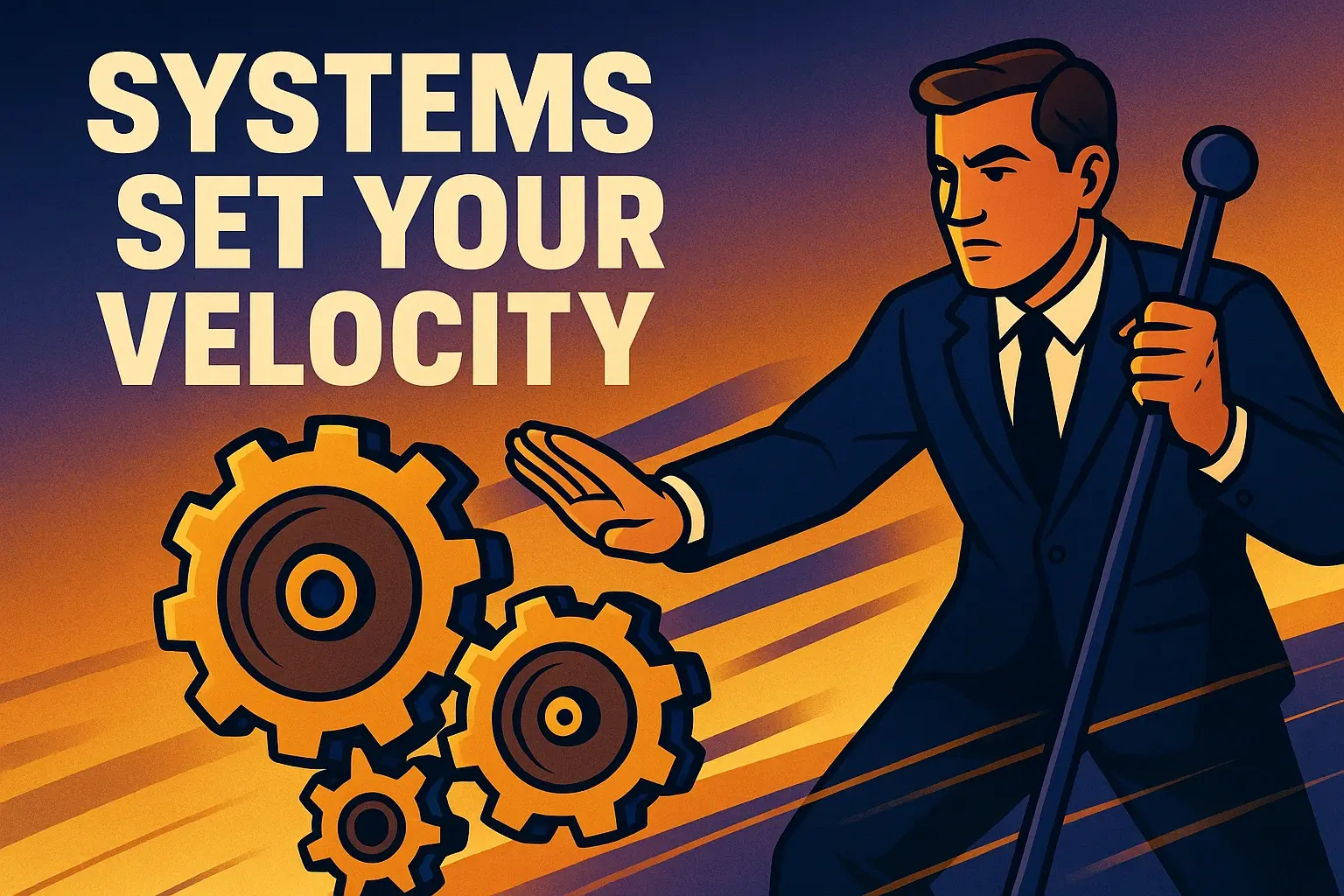
From Goals to Systems — Make Weekly Progress That Compounds
Goals set direction. Systems set velocity. If your goals keep slipping from quarter to quarter, the missing piece isn’t more ambition—it’s a weekly system that translates outcomes into repeatable inputs. This guide shows you how to convert “finish the book” into a measurable cadence, design a one‑look scoreboard that motivates, and run a 15‑minute review that keeps momentum alive. You’ll stop relying on willpower and start relying on a loop that works on ordinary weeks, not just perfect ones.

Morning Routines That Actually Stick — No 5AM Required
You don’t need a 5AM club to fix your mornings. You need a routine that fits the life you actually live: short, flexible, and easy to start. When your first five minutes are frictionless, the rest unfolds naturally. This article shows you how to design a morning that sticks—by shrinking the on‑ramp, sequencing tasks by energy, and using environment design to make the right actions obvious. No heroics, just a system that survives busy weeks, late nights, and real‑world chaos.

Streaks vs. Standards — How to Be Consistent Without Burnout
Streaks feel great right up until life interrupts them. One late night, travel day, or sick kid and the chain snaps—taking momentum and motivation with it. The antidote is a shift from streaks to standards: tiny non‑negotiables you can keep in any context. Standards preserve identity on hard days and make good days easier to scale. You stay in motion, avoid the all‑or‑nothing trap, and rebuild confidence with proof you can trust.

90-Minute Focus Blocks — Get Deep Work Done in a Busy Schedule
You don’t need eight free hours to do meaningful work—you need 90 focused minutes. One protected block can move an important project further than a day of scattered multitasking. The trick is to design the block so it survives a busy calendar: schedule it when your energy peaks, use a two‑minute preflight and shutdown, and make the next action so obvious you can start without thinking. This guide shows you how to carve out, protect, and enjoy a daily 90‑minute focus block—even when your week is noisy.
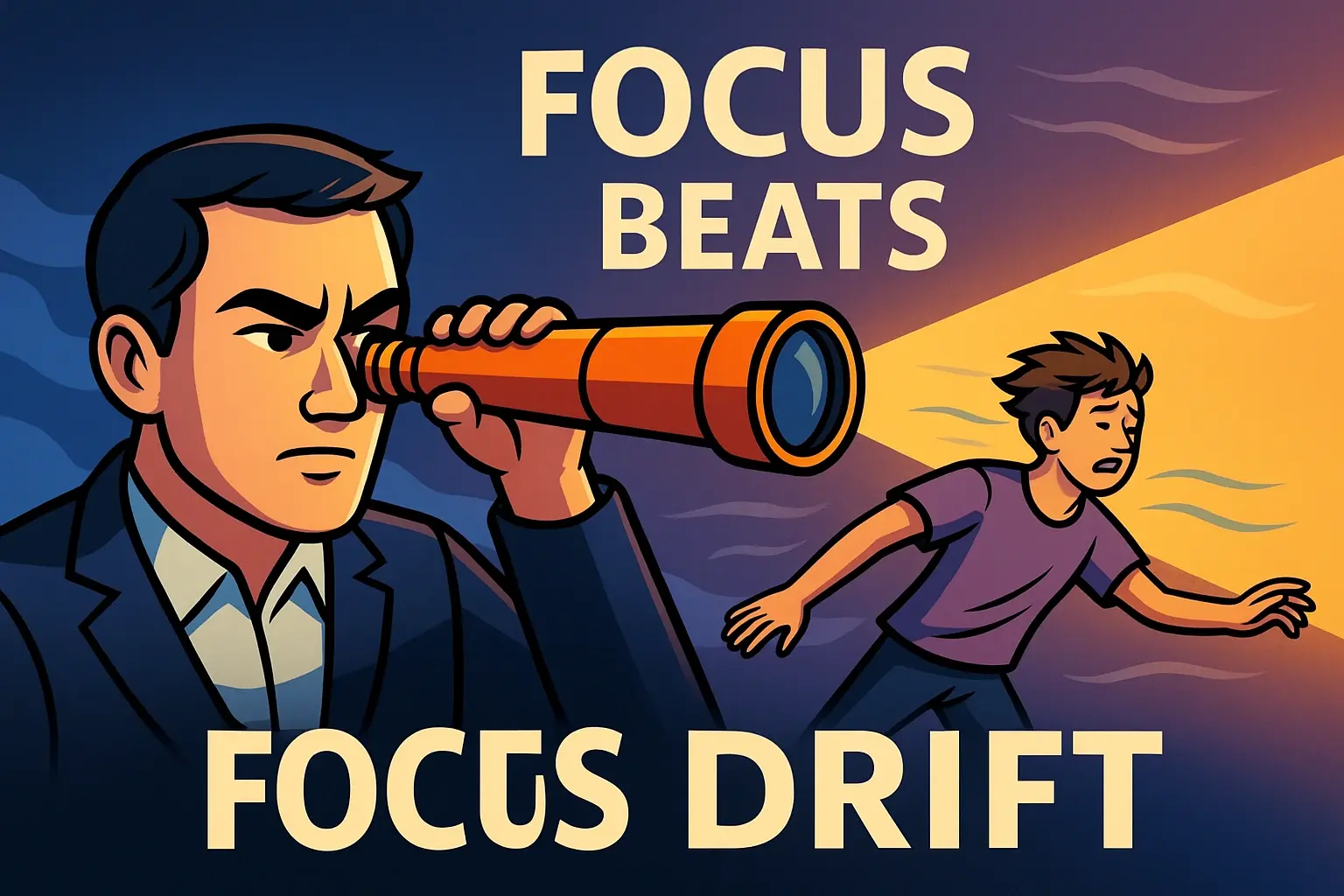
Discipline Without Burnout — Show Up Consistently Without White-Knuckle Willpower
Discipline isn’t about grinding harder—it’s about designing a life where showing up is the default and burnout is unlikely. When your systems reduce friction, match your natural energy, and include real recovery, consistency stops relying on motivation. You stop bargaining with yourself because the next step is obvious and small, and the work replenishes more than it drains. This guide gives you a practical blueprint to keep promises to yourself without white‑knuckle willpower: set clear standards, design environments that do half the work, plan by energy, and protect recovery like a professional.

Personal Operating System: Keep Energy Steady
Systems beat swings. When you know which inputs drain or charge you, you can design weeks that feel sustainable—without losing ambition.

The Two-Minute Rule: Start Small, Build Real Momentum
Big goals stall when the first step feels heavy. The two‑minute rule removes that weight: shrink the start until it’s impossible to resist. Two minutes to open the document and write three lines. Two minutes to put on shoes and step outside. Two minutes to sort five emails or wash three dishes. These tiny gateways flip your brain from avoidance to action. Once you’re moving, time stretches, resistance drops, and “I’ll start later” turns into “I’m already in.” This guide shows you how to design, anchor, and scale two‑minute starts you’ll keep—through busy weeks, tough seasons, and everything in between.

Self-Talk Reframe: Turn the Critic Into a Coach
Your inner monologue can be a heckler—or a coach. With a few simple tools, you can turn critique into clarity and momentum.
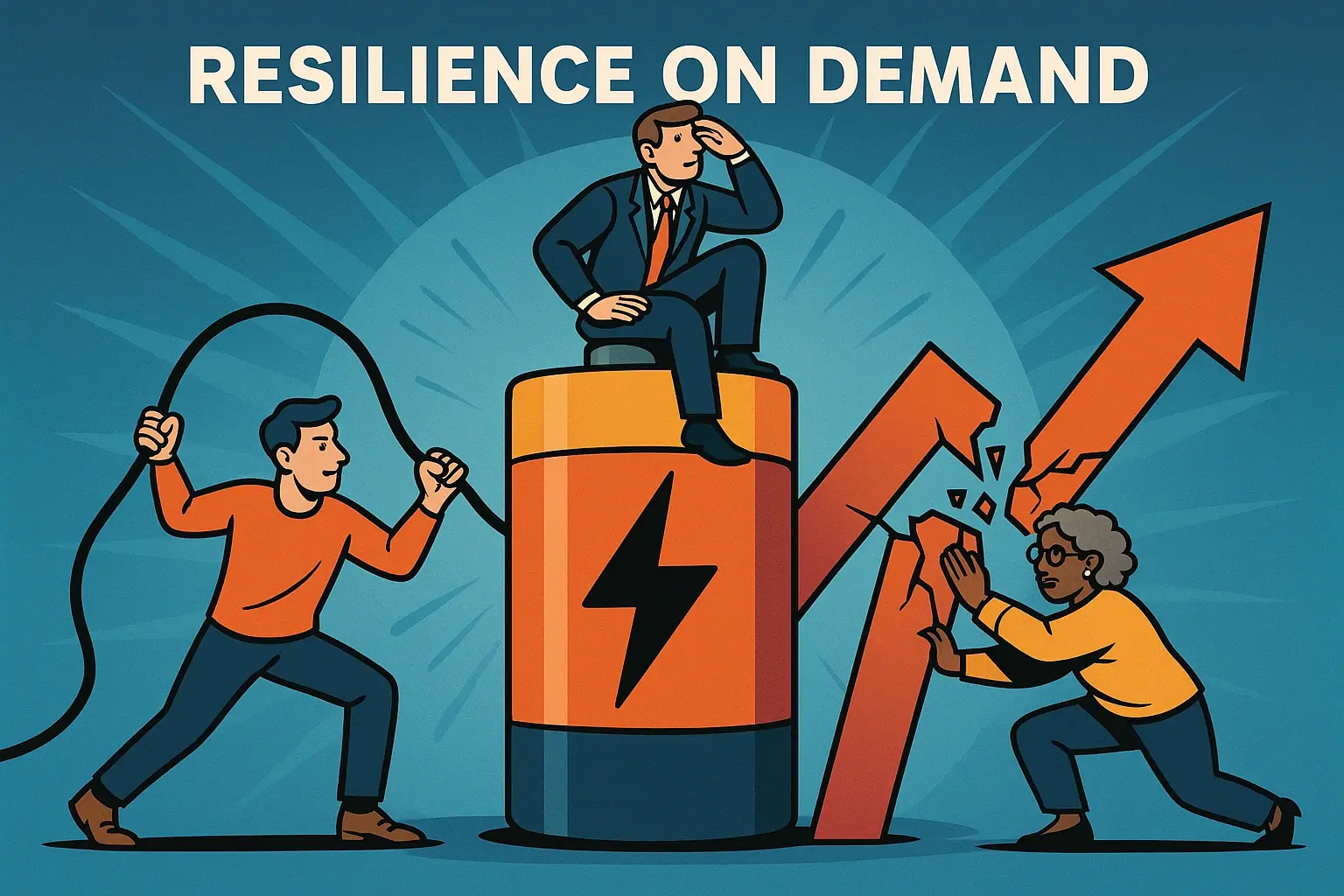
Resilience Toolkit: Practices That Hold Under Pressure
Pressure isn’t the problem—unpreparedness is. A small set of repeatable tools can turn chaotic days into hard but workable ones. With a few body resets, mental checklists, relationship guardrails, and scheduling buffers, you can respond to stress without losing clarity or trust. Build the toolkit before you need it, and reach for it the moment stakes rise.

Self-Coaching Framework: Make Daily Decisions With Clarity
Indecision is expensive. Every time you spin on a choice, your energy leaks, deadlines slip, and small problems become complicated ones. A lightweight self‑coaching script helps you think like a wise mentor on demand—calm the noise, focus the question, and pick a next step that teaches you something. You won’t eliminate uncertainty, but you’ll replace aimless rumination with a repeatable process that creates clarity in minutes instead of hours.
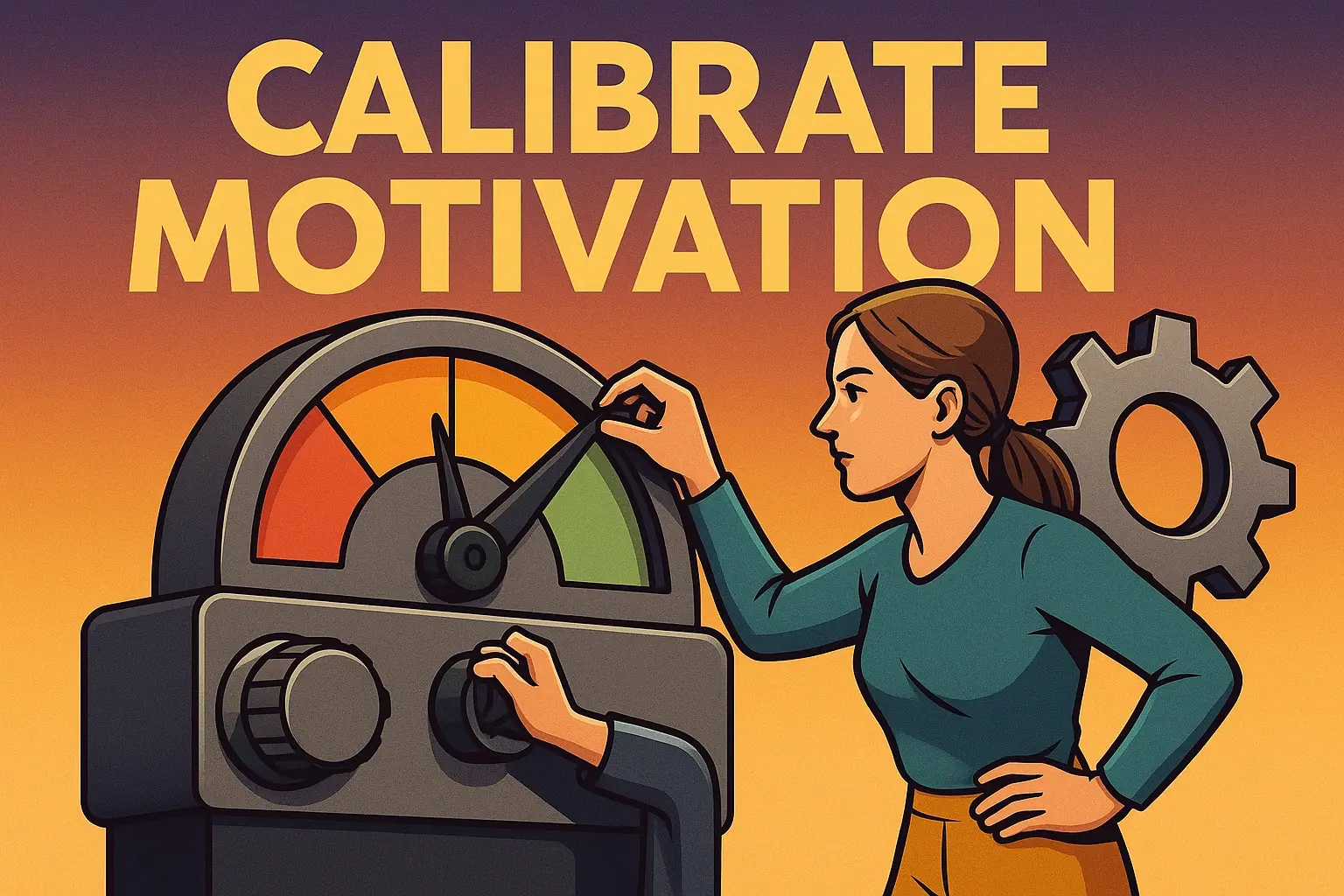
Calibrate Motivation Triggers (Without Burnout)
Motivation isn’t random—it’s triggered. When you know your levers (novelty, urgency, social proof, streaks, small wins), you can design systems that summon energy on demand without riding the burnout roller coaster.
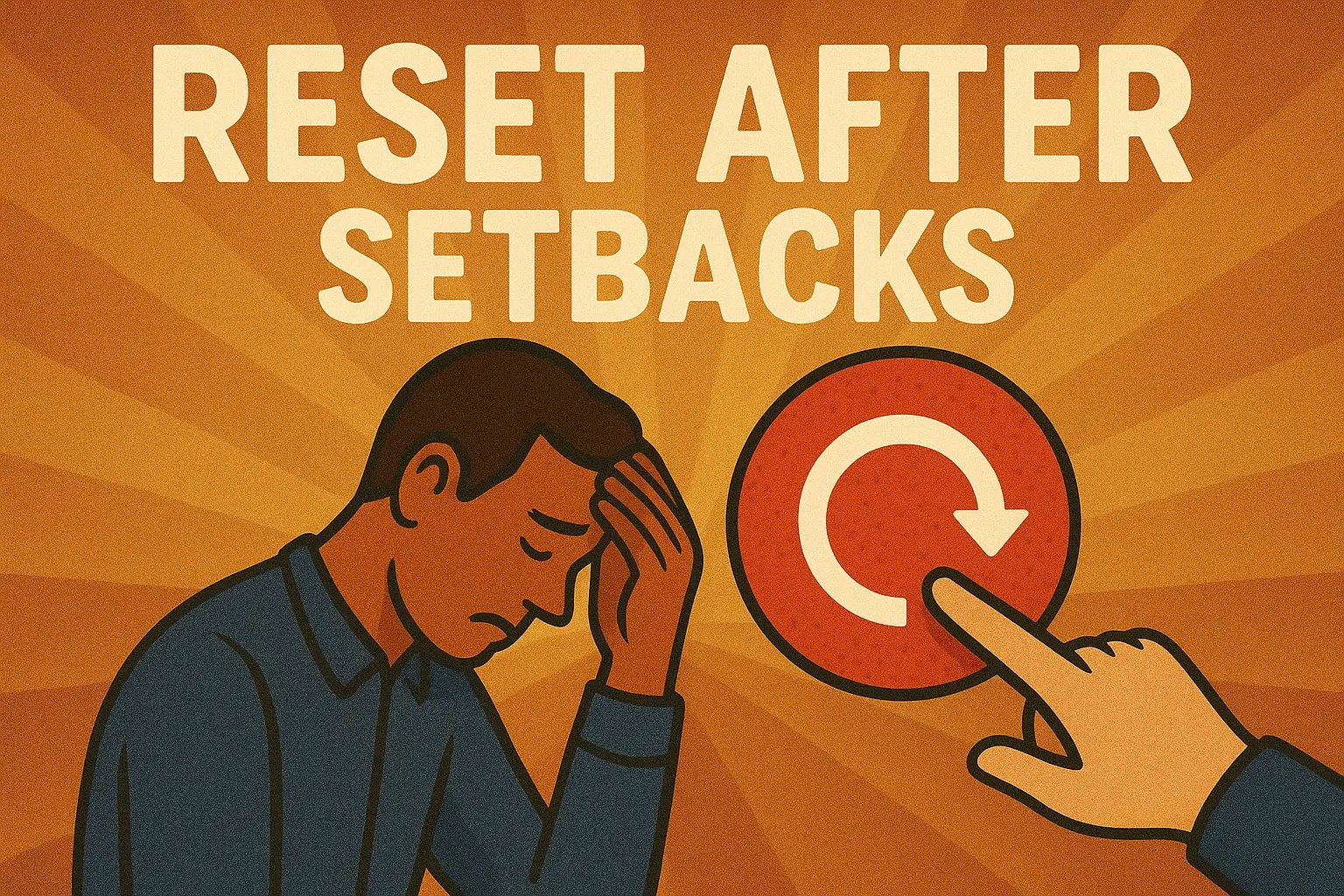
Post-Setback Recovery Ritual: Reset Confidence Fast
Setbacks sting because they collide with identity. The fastest way back isn’t a pep talk; it’s a ritual that calms your body, tells the truth without drama, and gives you a small win today. Confidence then returns as evidence, not as hype. This guide hands you a four‑step reset you can run in 30–45 minutes—so the next rep is better instead of bitter.

Micro-Habits for Tough Seasons: Keep Progress Alive
When life gets heavy, big goals feel impossible. The answer isn’t to lower your standards—it’s to change the unit of progress. Micro‑habits keep momentum alive by shrinking the work to something you can do even on bad days. Two push‑ups, one paragraph, a five‑minute tidy—small, visible wins that prove you’re still moving. Once motion returns, effort expands naturally. This guide shows you how to design micro‑habits that stick: pick a floor you’ll actually do, attach it to a trigger you won’t miss, make progress visible and satisfying, and review gently so the system survives tough seasons.
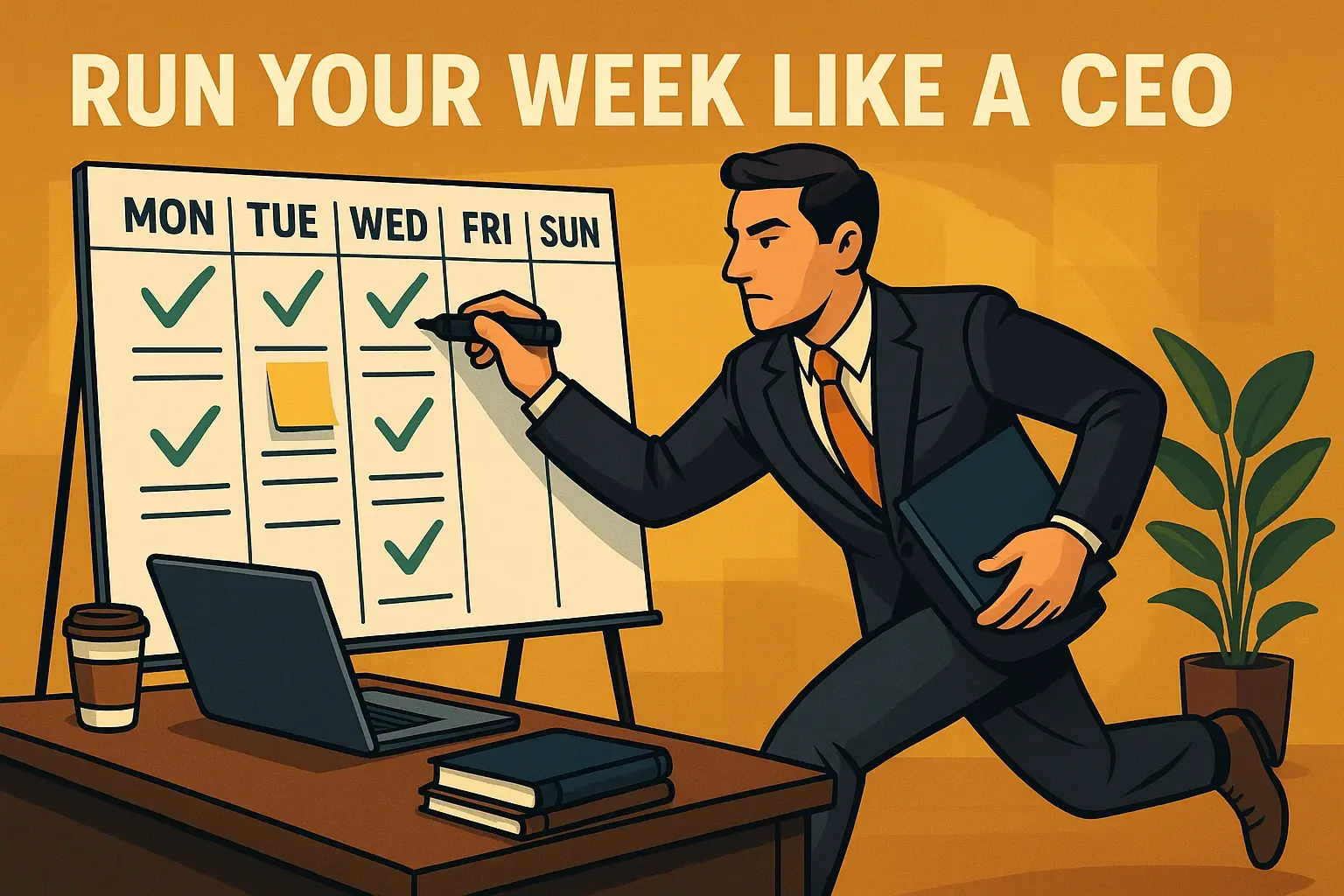
Build a Self-Management Dashboard That Runs Your Week
Most weeks drift because the plan lives in five places: calendar, inbox, chat, notes, and your head. A self‑management dashboard pulls everything into one view that answers three questions: What matters this week? What are today’s Big 3? When exactly will I do them? Build it once and decisions get easier every morning.

How to Rebuild Motivation When Goals Lose Urgency
Motivation fades when goals get fuzzy, timelines slip, and every task feels like it could wait until tomorrow. The trick isn’t to hype yourself up—it’s to rebuild urgency by making stakes visible, scope small, and progress undeniable. Here’s how to get moving again without chasing willpower. You’ll build a system that creates its own momentum: clear stakes that feel real today, tiny steps that are easy to start, cues you can’t miss, and proof you can see. Small improvements compound fast when the friction to begin is low.

Impostor Syndrome: Practical Tools to Handle It – Practical Tools That Actually Help
You can be competent, respected, even promoted—and still feel like you’re faking it. Impostor syndrome isn’t a diagnosis; it’s a brain habit: discount wins, magnify misses, and assume everyone else has it figured out. This guide replaces vague reassurance with a set of concrete moves that turn nervous energy into evidence, and evidence into confidence you can trust.

Engineer Focus Sprints That Beat Procrastination and Drift
The harder your goals matter, the easier it is to drift into busywork that feels safe while the real work gathers dust. Focus sprints flip that script. By compressing important work into timeboxed, ritualized bursts, you create urgency, momentum, and emotional buy-in on demand. This guide shows you how to engineer sprints that make procrastination an edge case—without burning yourself out in the process.